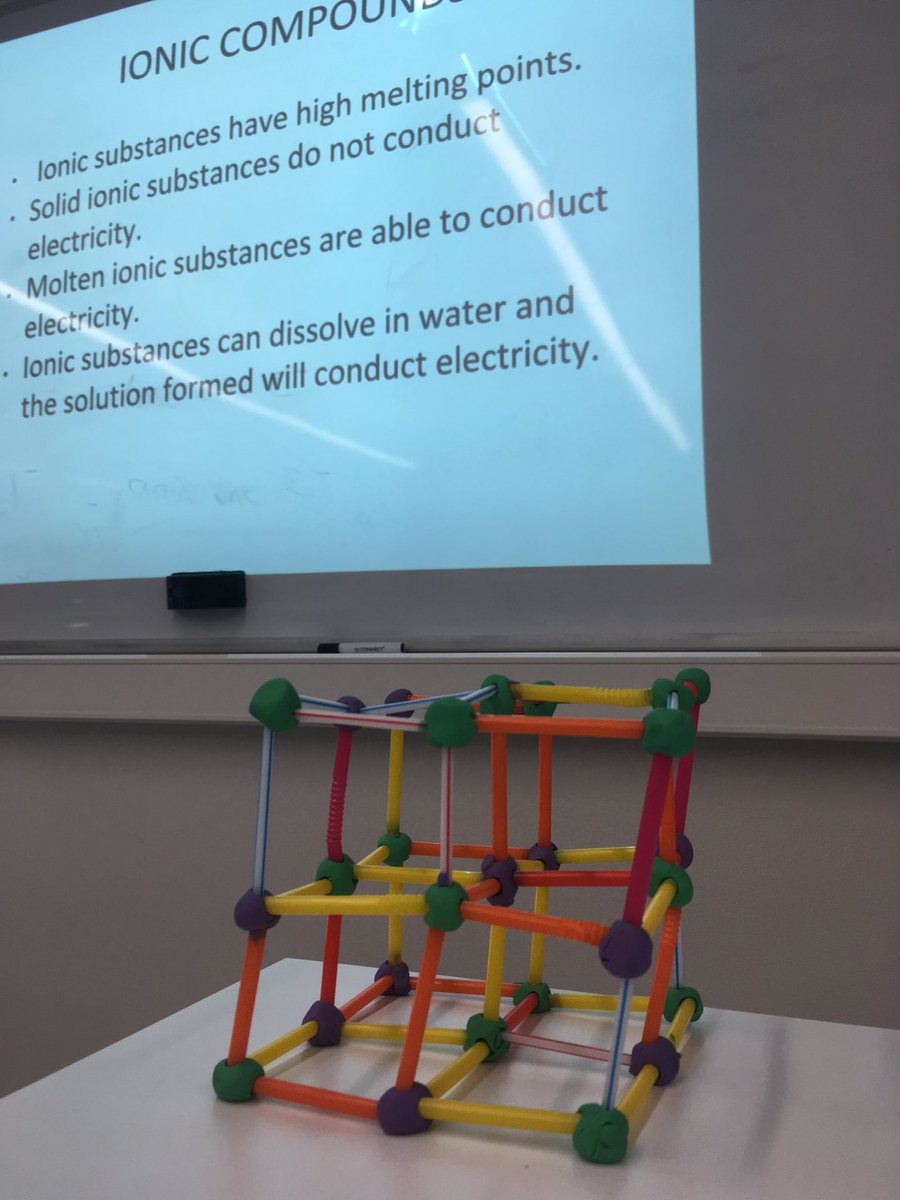Ionic bonding teaching resources
Worksheets and lesson ideas to challenge students aged 11 to 16 to think hard about ions and ionic bonding (GCSE and Key Stage 3)
Where to start?
Where to begin when teaching ionic bonding? Do you start with the reaction of sodium with chlorine? Or do you start with the ionic lattice and then move to the electronic configuration of the ions? Whatever your route, make sure you start with something that makes sense to students i.e. it’s something they can see, taste or touch. Whether it’s salty chips or explosive reactions make the abstract accessible.

Atom or ion?
GCSE worksheet that asks students to decide if a model shows an atom or an ion. This is an excellent activity to probe students’ understanding of charge, atoms and ions. Students are presented with a range of different models. They decide if the overall charge is neutral i.e. the model represents an atom, or if the overall charge is positive or negative i.e. the model represents an ion.
Ionic dot and cross diagrams
GCSE worksheet for drawing dot and cross diagrams for ionic bonding. Students follow a modelled method to draw dot and cross diagrams for a range of simple ionic compounds. (PDF)
Linking the lattice to the dot and cross diagrams
This is an amazing animation that helps students to make the connection between these two representational forms.
Ionic lattice
GCSE reading task on ionic lattices. Students read a passage about an ionic lattice and discuss the meaning of a number of words underlined in the text, both scientific and non-scientific. Students select other words that have similar meanings to those underlined in the passage. This simple activity can be adapted for a variety of topics, age-groups and texts. It should hopefully help your students to read for meaning. (PDF)
Properties of ionic substances – building ionic lattices
GCSE worksheet on explaining properties of ionic substances. Students build a model of an ionic lattice using plasticine and straws. They then use this model to explain a variety of physical properties of sodium chloride including high melting point, conductivity and brittleness. (PDF)
Tests for ions
Click here for resources to help teach tests for ions
